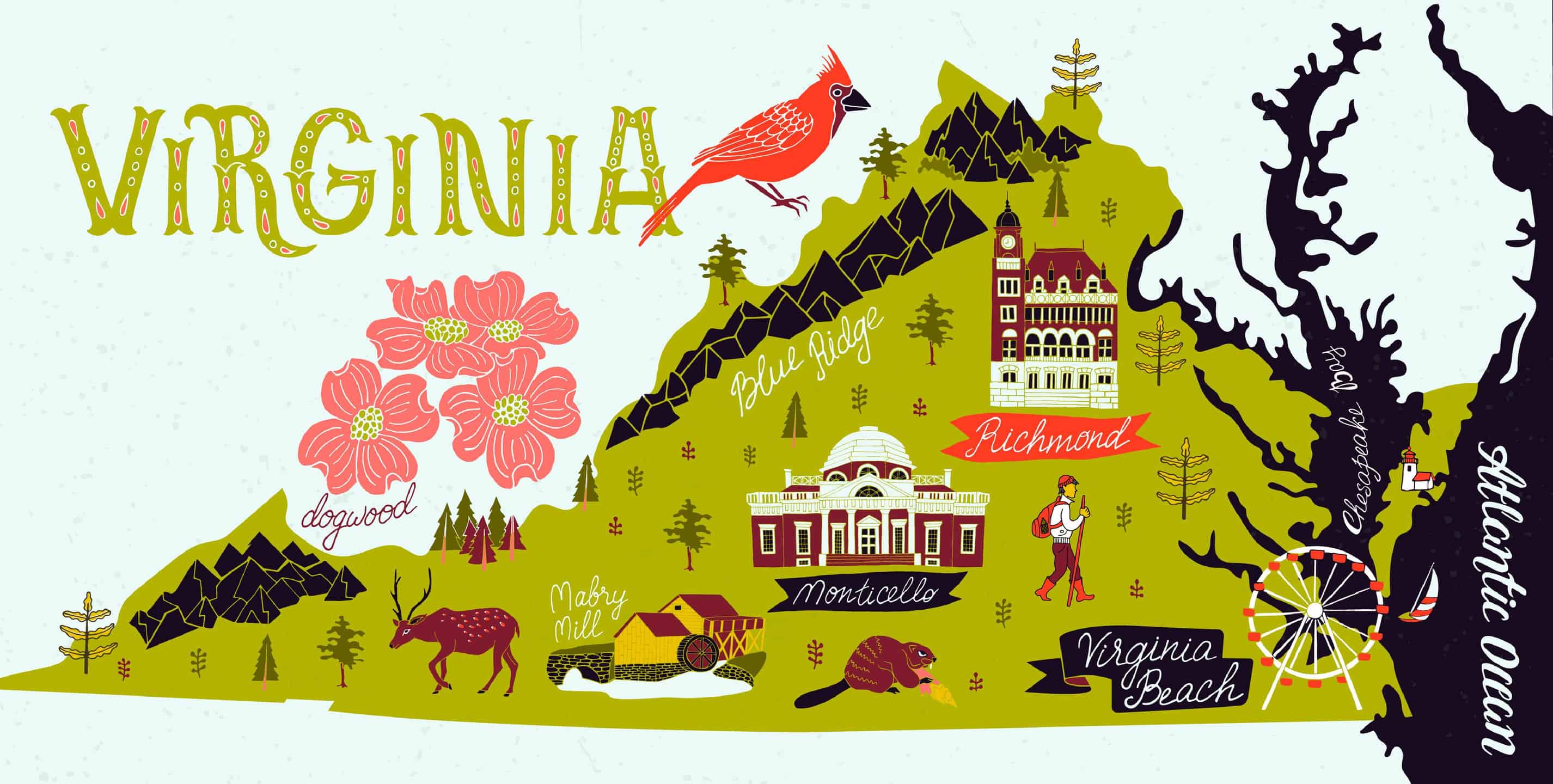Virginia was the site of the first permanent English settlement in the New World, at Jamestown in 1607. In the 416 years since then, it has experienced colonization, revolution, statehood, civil war, division, and Reconstruction. Eight U.S. Presidents were born there. Virginia’s population was the highest of any state until New York passed it in 1805.
In the 20th century, the population of Virginia has increased on average about 15% a year. Today, it is the 12th largest state by population and the 13th in economic output. It’s also densely populated, ranking 14th in the nation for population density, with over 202 people per square mile. Not all of Virginia is growing, though. This article reveals the fastest-shrinking Virginia counties by population, along with reasons for their decline, as well as potential strategies for future growth.
Virginia’s Recent Population Trends

Virginia is densely populated. The population is projected to become older and more diverse by 2040.
©blvdone/Shutterstock.com
Recent Population Growth
In recent years, Virginia’s population has grown steadily but at a slowing rate. Between the 2000 and 2010 censuses, the population increased 13%, reaching eight million for the first time. From 2010 to 2020, the state grew by more than 600,000 people, to 8,631,393. In 2023, the current headcount is 8,715,522.
Population Trends to 2040

By 2040, Virginia’s population will become more ethnically diverse.
©fizkes/Shutterstock.com
Current trends show the growth rate slowing and the population aging and becoming more diverse. All of these trends are consistent with what is happening in the country as a whole. The birthrate will not be enough to replace the population if not for immigration. By 2040, demographers estimate the state will reach 10.5 million people, jumping ahead of New Jersey and Michigan. This will make it the 10th most heavily populated state in the country. About 20% of the population will be over 65 years old, twice as many as today. Virginia is already one of the most ethnically diverse states in the United States. However, by 2040, when the non-white population will increase from 41% to over 50%.
Virginia’s Regional Population Trends
Areas of Population Growth

The port facilities of Norfolk have driven population growth in southeastern Virginia.
©formulanone from Huntsville, United States, CC BY-SA 2.0 – Original / License
The largest and fastest-growing population centers have always been in the Tidewater region, the wide coastal plain in the east. In the southeast, the naval base, shipyards, and industry at the coast have driven the growth of a cluster of large cities. These include Norfolk, Newport News, Virginia Beach, Chesapeake, Portsmouth, Suffolk, and others. In the northeast, Richmond, the state capital, is the center of another urbanized region. New Kent County to the east of the city is projected to grow 68% between 2010-2040.
Finally, in the northernmost area of the state are extended suburbs of the national capital, Washington D.C., which lies just across the Potomac River from Arlington, VA. One in five residents of Virginia works for the federal government, including the U.S. military. The two projected fastest-growing counties in the state are in this area: Prince William County (projected 69.7% growth) and Loudoun County (projected increase of 122.5%).
Areas of Population Decline

The Appalachian Mountains in the west are rich in scenery and wildlife but offer few job opportunities.
©digidreamgrafix/Shutterstock.com
Two of the areas of Virginia that have the greatest population decline are in the Appalachian Mountains on the western borders of the state. Alleghany County, north of Roanoke, VA, is on the state border with West Virginia. Its 2010-2040 growth rate is projected to be -24.7%. Similarly, Buchanan County on the borders of West Virginia and Kentucky will shrink by 32.9%.
The central part of the state, the Piedmont, is a region of rolling farmland, forest, towns, and small cities like Roanoke, Charlottesville, Lynchburg, and Danville. The area has a lot of industry for its size and population but doesn’t grow as fast as the metropolises of the Tidewater. Martinsville, in Henry County, is one of the three fastest-shrinking localities in the state. By the year 2040, it will depopulate by 25.8%.
The Fastest Shrinking Counties in Virginia
The figures in the previous section predict which localities will shrink the most by 2040. The following chart lists the eight counties that have experienced the largest population decline by percentage from 2020 (the last census) to 2022. Data for every county in the state is available in this University of Virginia report. Three of the fastest shrinking counties are in Appalachia, three in Tidewater, and two in the Piedmont.
| Rank | County or City | Region | Population Decline |
|---|---|---|---|
| 1. | Buchanan County | Appalachia | -4.5% |
| 2. | Henry County | Piedmont | -4.1% |
| 3. | Sussex County | Tidewater | -4.1% |
| 4. | Patrick County | Piedmont | -3% |
| 5. | Dickenson County | Appalachia | -2.9% |
| 6. | Charles City County | Tidewater | -2.7% |
| 7. | Greensville County | Tidewater | -2.7% |
| 8. | Smyth County | Appalachia | -2.6% |
What are the Causes of Population Decline?
In Western and Central Virginia
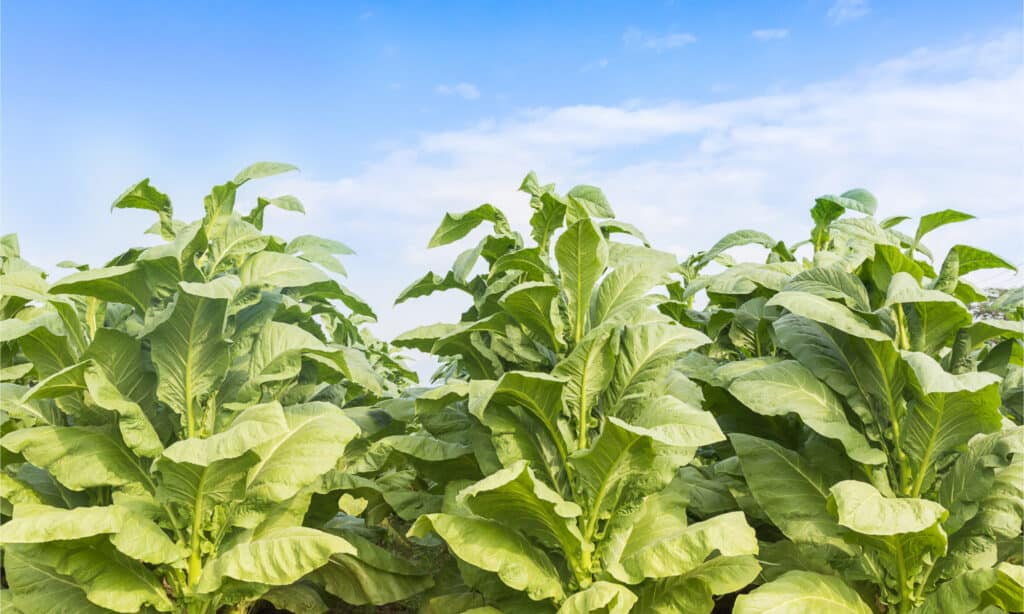
Declining demand for tobacco is great for health, but a difficult blow for rural Virginia farmers.
©Singha Songsak P/Shutterstock.com
There are many different causes for population declines in various parts of the state. These are some of the factors driving population trends in the Appalachian and Piedmont regions:
- Appalachian coal-mining jobs and supporting businesses have begun to dry up as the country shifts to cleaner energy sources.
- Since colonial days, tobacco has been one of the main cash crops in Virginia. As the dangers of smoking have reduced the demand, rural regions of the state have not always been able to find suitable replacement cash crops.
- Young people tend to leave rural areas for education and employment in urban centers. This leaves behind an aged population with more healthcare issues and a higher mortality rate.
- On a percentage basis, the Appalachian counties were harder hit by Covid-19 cases and deaths.
- Nationally, counties with higher poverty, unemployment, and low home values experience higher rates of opioid addiction and death. The CDC has designated 220 counties nationally that are especially at risk of the negative effects of opioids; eight of those are located in Southwestern Virginia.
In Northern and Eastern Virginia
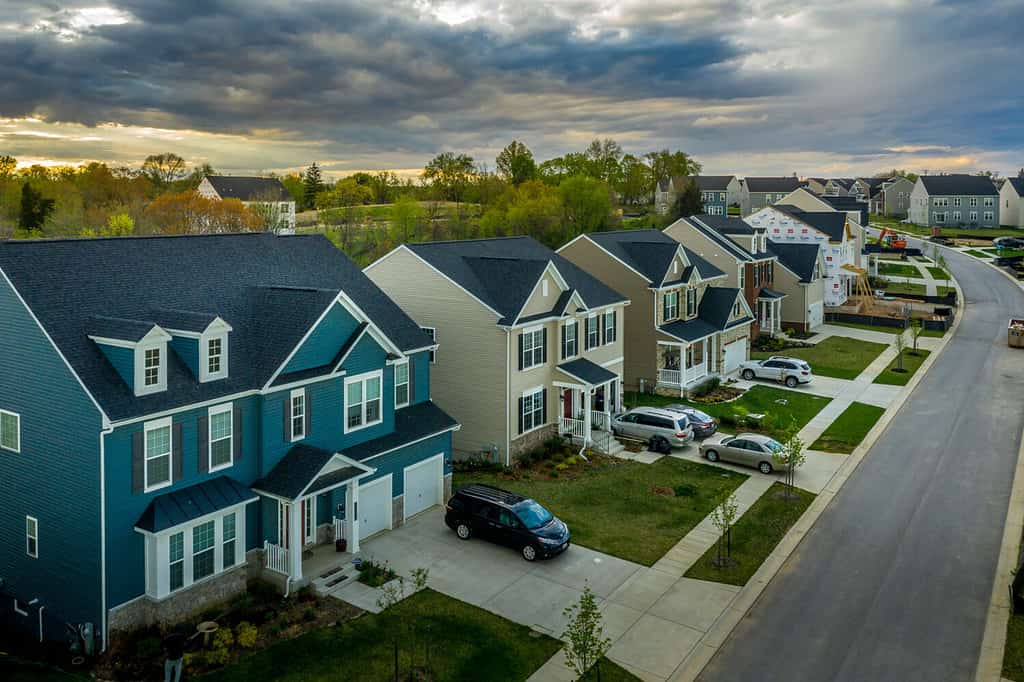
Some counties in large cities experience population loss because of rising home prices and cost of living.
©tokar/Shutterstock.com
In the more economically prosperous Tidewater region, the reasons are not always related to economic decline or lack of job opportunities as they may be in more rural parts of the state. For example:
- The 2009 housing crash and high-interest rates of recent years made it more difficult to purchase homes in suburban counties near large metropolitan areas.
- Some wealthier counties lose population as rising home values and rents push middle and lower-income people to more affordable counties.
- As the population ages, retiring people sometimes downsize to smaller homes in less crowded areas, or leave the state to move to the Sunbelt or live near relatives.
- Since the Covid-19 pandemic, 1/3 of the work done in the state is in a work-from-home setup. This has given employees the flexibility to move to less crowded, more affordable communities.
- The population and job opportunities of Norfolk and other southeast coastal cities can fluctuate with the demands of the shipbuilding industry, naval deployment levels, and international seaborne trade.
Is Population Growth Desirable?
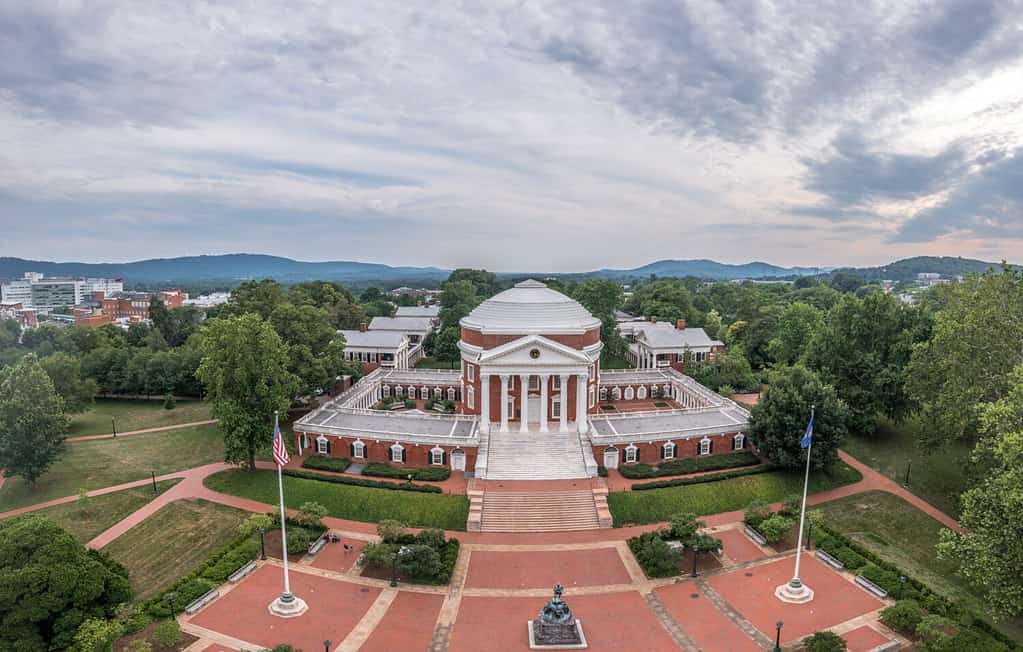
The University of Virginia in Charlottesville was designed and founded by Thomas Jefferson.
©tokar/Shutterstock.com
Population growth is not always desirable. For example:
- Leadership Challenges: Growth can be extremely difficult to manage, as utilities, infrastructure, and public services need to be expanded to serve new manufacturers, housing developments, and commercial centers. It involves balancing competing political interests, managing taxation and public debt, and negotiating with companies and developers who will choose a different county if they are not offered favorable terms.
- History and Nostalgia: Virginia has a large number of battlefields and other historic sites that, along with its natural beauty, are an important part of its character. Moreover, some people prefer to preserve the rural character of their community the way they’ve known it since childhood, or that attracted them to move there from a more crowded place.
- Environmental Concerns: Sometimes the local population opposes development that could damage the ecosystem for agriculture, wildlife, or humans themselves. For example, rural Pittsylvania County on the southern border of Virginia has the largest deposit of uranium in the United States, located on a 3,000-acre site southeast of the town of Gretna. The county has refused to develop the site for over 40 years out of concern for the possible risks of mining a highly radioactive element, regardless of the jobs it might create.
How Can a County Grow?
What Draws People?

Creating good-paying jobs is key to reversing a county’s population decline.
©Gorodenkoff/Shutterstock.com
There is no prescription for growing a county’s population. But, generally speaking, a county needs to have desirable options to attract residents. These include good jobs, housing, schools, shopping, medical facilities, a low crime rate, and access to recreation and entertainment. Of all these, the key issue is jobs; the rest can follow as revenue flows into the community.
Two Ways to Create Jobs

Wineries generate revenue, tourist dollars, and sustainable development for rural counties across Virginia.
©MargJohnsonVA/Shutterstock.com
Two ways to create jobs in a community are to attract outside investment or to grow local businesses organically. Arlington in Northern Virginia is an example of the first strategy. It beat out 237 competing cities to become home to the Eastcoast headquarters of Seattle-based Amazon, a trillion-dollar company. On the other hand, wineries are a good example of indigenous businesses that have brought sales revenue, tourist dollars, and environmentally sustainable development to rural counties in all regions of the state, but especially Central Virginia. The state boasts over 300 wineries that generate about $6 billion annually.
The Power of Immigration

International immigration can reverse a county’s population decline and create jobs for new arrivals.
©Prostock-studio/Shutterstock.com
Demographic projections indicate that Virginia would shrink in population if not for immigration. Studies have also indicated that some declining communities could reverse their decline by attracting as few as 100 immigrants a year. A recent MIT study indicated that international immigrants are 80% more likely to start businesses of all scales than native-born Americans, creating more jobs than they take. While this is a controversial approach culturally in many communities, it is an evidence-based approach to counter population decline and economic stagnation.
Natural Assets
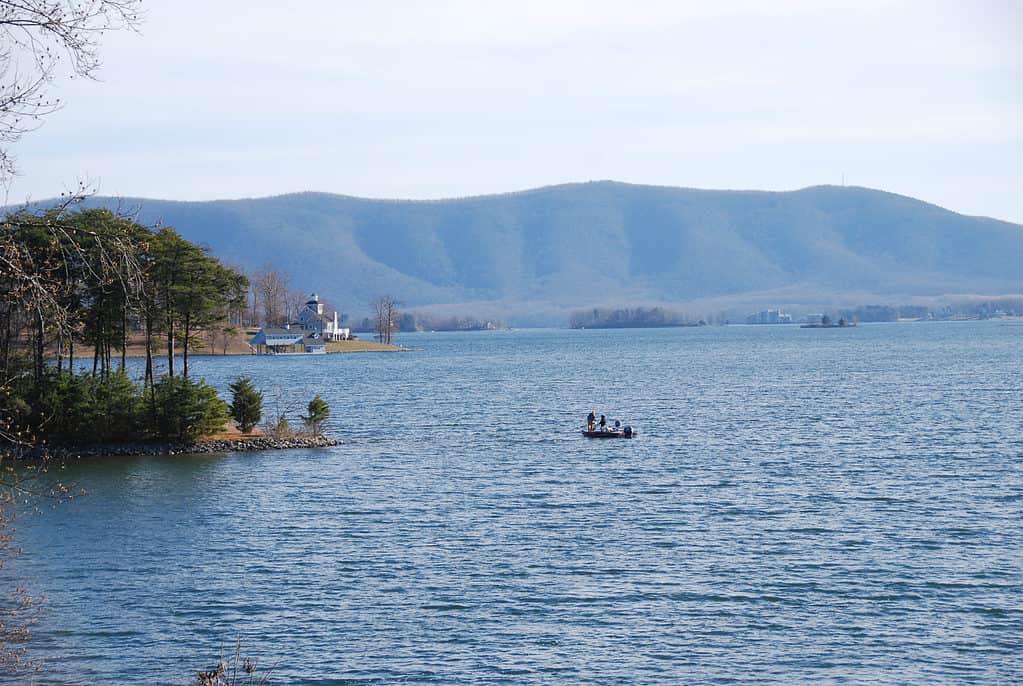
Rural Virginia attracts vacationers to recreational sites like Smith Mountain Lake in southern Virginia.
Finally, with or without population growth, one of Virginia’s greatest assets is its natural beauty. Visitors from up and down the Eastcoast come to the state to drive along the Blue Ridge Parkway, especially as the leaves change in fall. The Shenandoah Valley has some of the most beautiful, unspoiled rural views you’ll find. Vacationers flock to Buggs Island Lake and Smith Mountain Lake to camp, fish, or boat. Wine connoisseurs follow the state’s numerous wine trails to enjoy the tranquility of the vineyards, the taste of good wine, and the company of good friends. Outsiders might say parts of Virginia are “undeveloped.” However, the people who live there label these regions “unspoiled.” Visit Virginia and see for yourself!
Thank you for reading! Have some feedback for us? Contact the AZ Animals editorial team.

